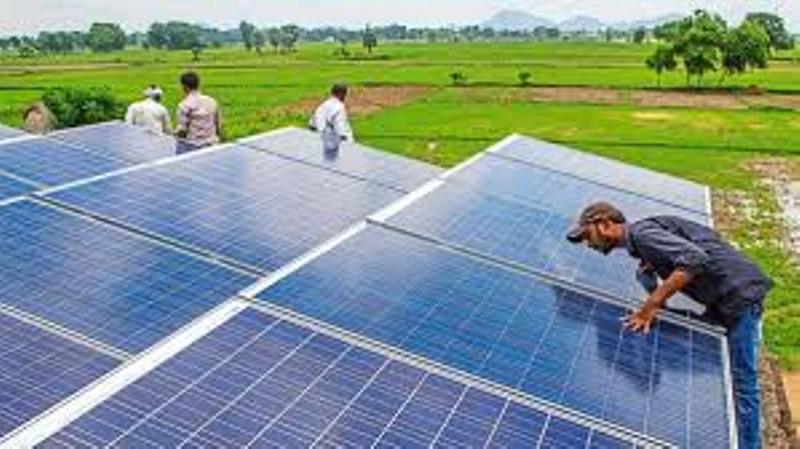Agartala: In a move to increase renewable energy, Tripura is now aiming to generate solar power from the rooftops of all its government buildings.
An official from the Tripura Renewable Energy Development Agency (TREDA) said the state plans to install solar panels around 2,000 government buildings to produce an estimated 70 MW of power.
The move came in the backdrop of reduced output in four of the five gas-based power plants in Tripura, due to a shortage of adequate gas supply, officials said.
According to TREDA Joint Director Debabrata Sukladas, the state government is increasing its focus on solar power because reserves of natural gas are decreasing every year.
“A plan has been chalked out to use all the government buildings to generate as much solar power as possible,” TREDA Joint Director Debabrata Sukladas.
“We have set an initial target of producing 10.50-MW power from renewable sources (solar power) out of the total target of 70 MW. Tendering for the energy plan is in the final stages,” he said.
At present, the state produces around 26-MW power from solar energy, which was 3 MW seven years ago.
“The transition plan also focuses on generating job opportunities for the youth. We will team up with the skill development department to impart training to solar power technicians and supervisors. The state needs trained manpower to install solar panels and for their maintenance,” the official said.
Tripura, which largely depends on gas-based power plants, has seen a decline in generation at the units owing to a supply crunch of natural gas.
ALSO READ: Tripura witnessing sharp decline in crimes: CM Manik Saha
The OTPC-run Palatana power plant, with a capacity to produce 726-MW power daily, is now generating only 520 MW, while the Manarchak power plant (NEEPCO) is producing 60 MW out of the installed capacity of 100-MW power. At the RC Nagar plant, NEEPCO is producing 80-MW out of the installed capacity of 135-MW power, Sukladas said.
The northeastern state requires around 370-MW power on a daily basis, which is projected to rise to 700 MW by 2030, due to growing urbanisation, officials said.















